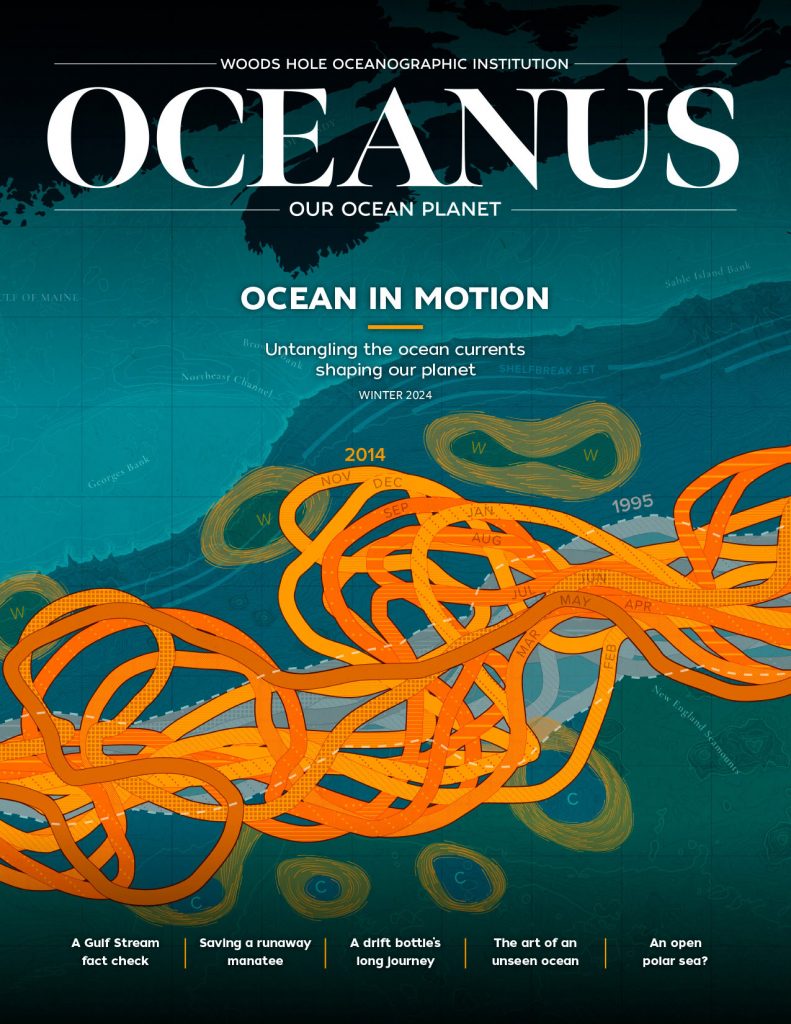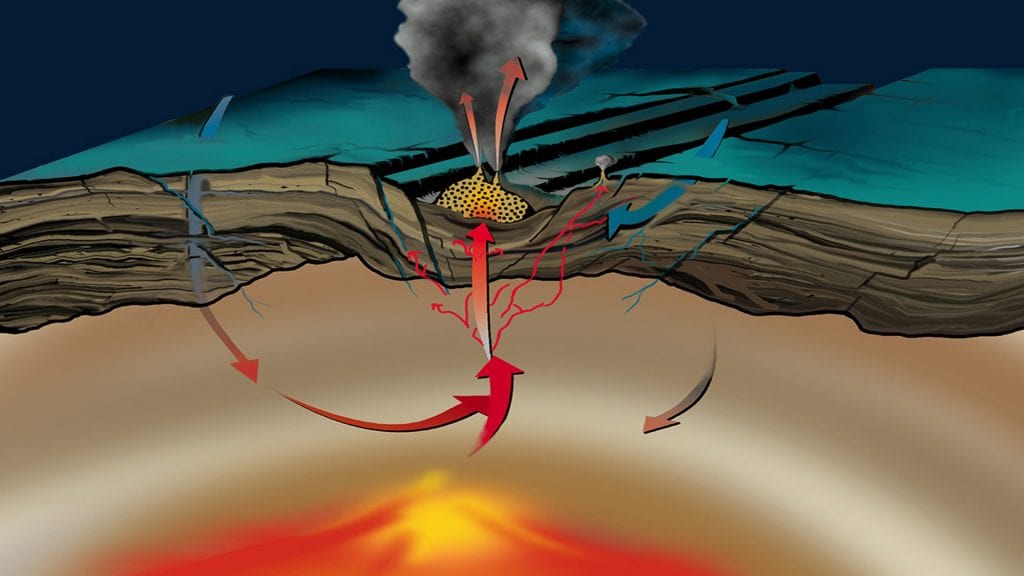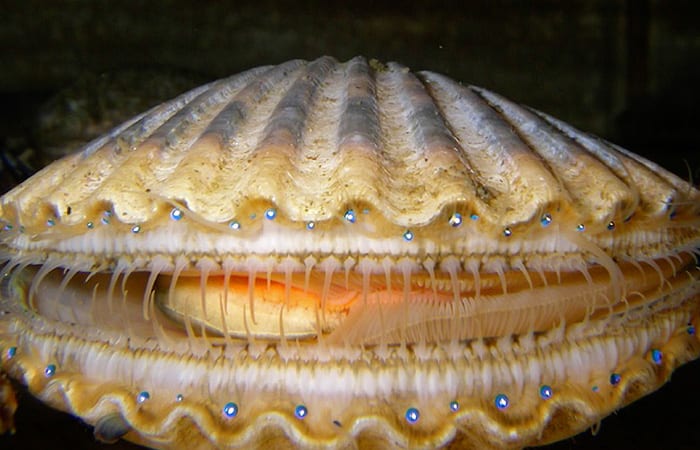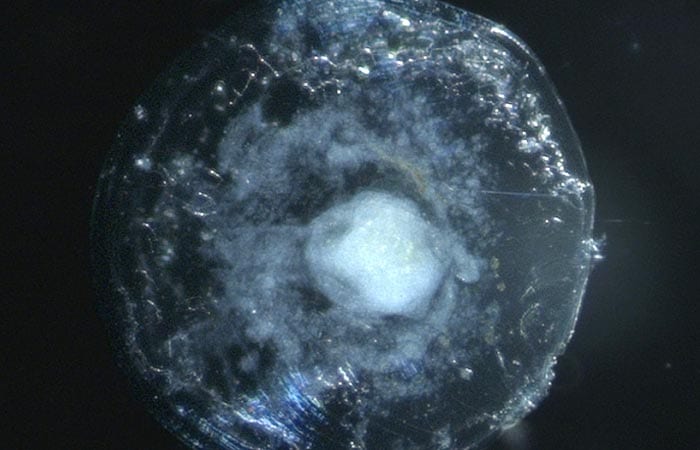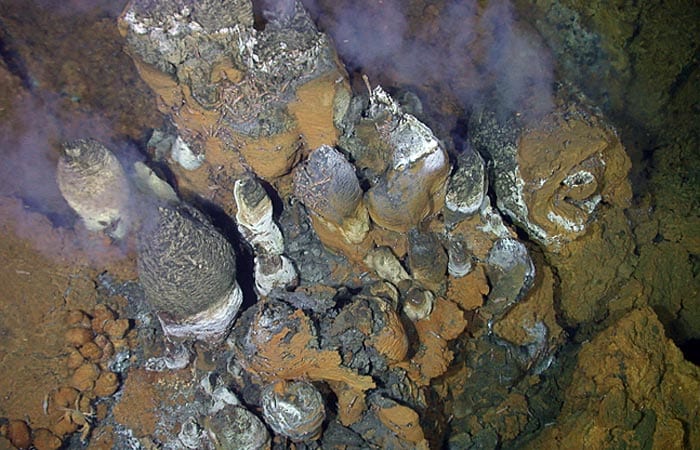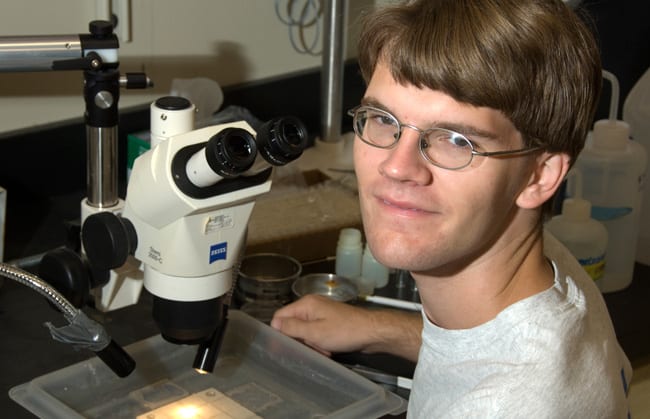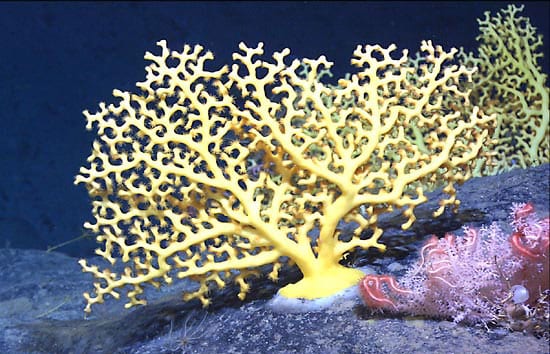Lauren Mullineaux
Refine by
Date
Topic:
Article Type
Special Series
Author
The Discovery of Hydrothermal Vents
In 1977, WHOI scientists made a discovery that revolutionized our understanding of how and where life could exist on Earth and other planetary bodies.
Sassy Scallops
MIT-WHOI Joint Program graduate student Meredith White examined how increasingly acidic ocean waters affect scallop shells in their critical early stages of development.
The Mysterious Movements of Deep-Sea Larvae
The marvelous migrations of fish and whales through the deep sea have been hard enough for us humans to follow. But what about tiny organisms—many smaller than the dot beneath this question mark? How they…
The Promise and Perils of Seafloor Mining
A year ago, the Canadian mining company Nautilus Minerals was poised to launch a new industry: mining the deep ocean floor. All Nautilus had to do was finish building special equipment and arranging permits to…
Gar Secrist
Gar Secrist says that he spent his summer at Woods Hole Oceanographic Institution (WHOI) working on “sandwiches.” His weren’t ordered in from a deli, but rather retrieved from the seafloor. One look at the tubeworm-encrusted…
New WHOI Class Helps Students Communicate with Public
There’s a lot of giggling outside room 304 at Mullen-Hall Elementary School in Falmouth. Mass., as 24 fourth-graders wait for their classroom to be transformed into the deep ocean. They have been warned not to…
Coral Gardens in the Dark Depths
The words “coral reefs” conjure up images of a tropical paradise: shallow, warm, aquamarine waters, bright sunlight, white coral sand, and colorful, darting fish. But corals also live deep in the sea, in regions where the sun doesn’t penetrate and water temperatures remain just above freezing.
